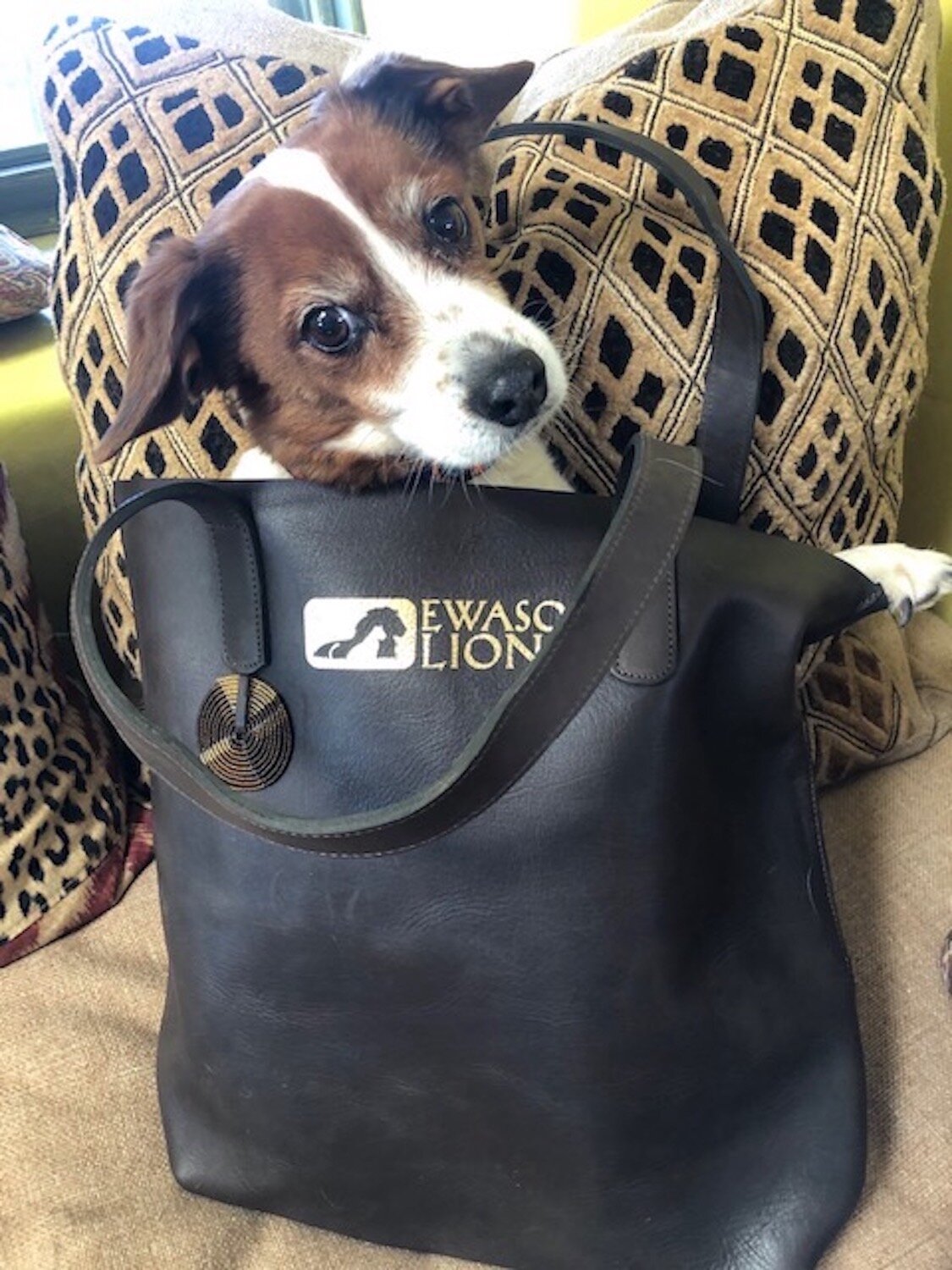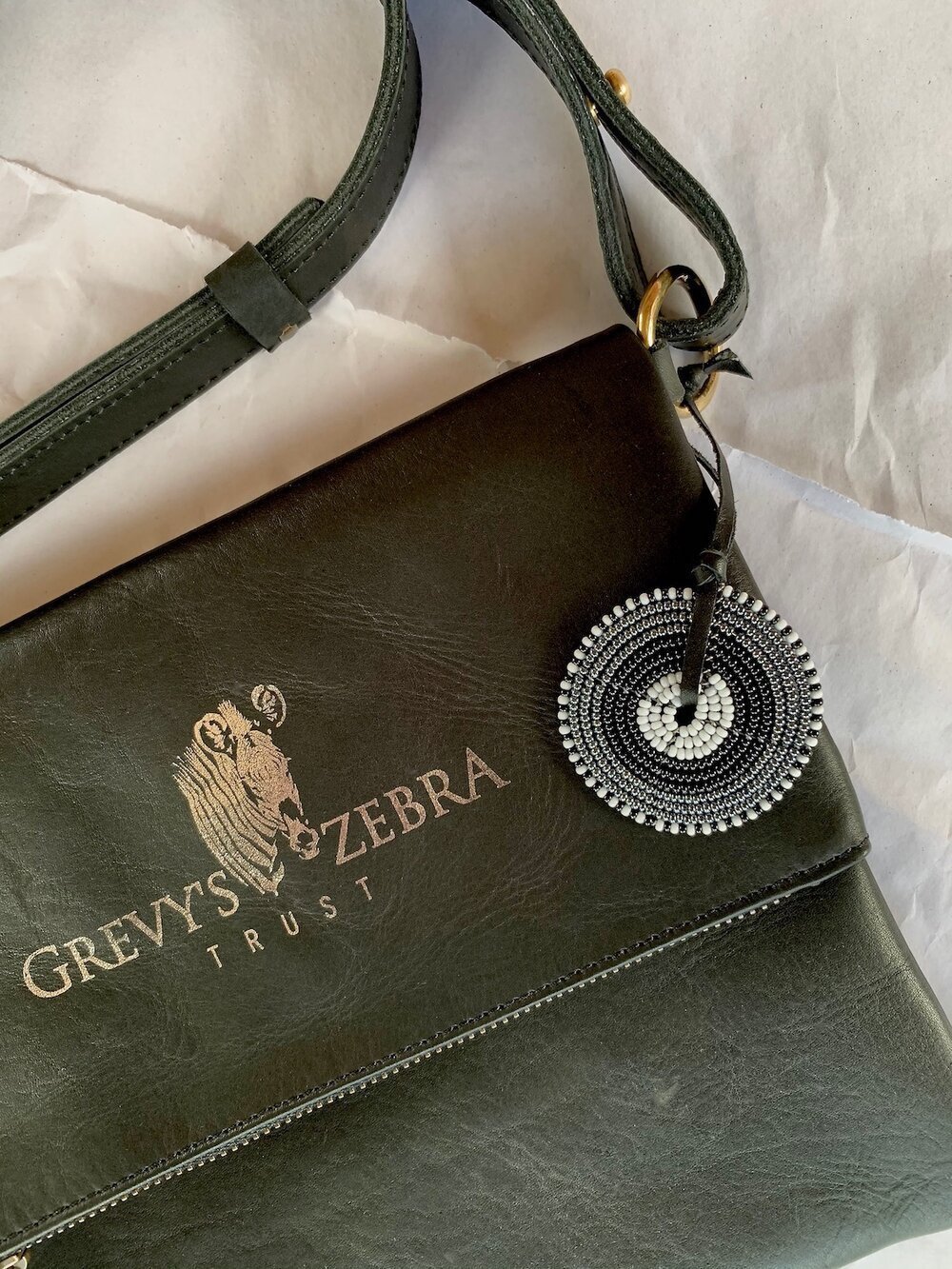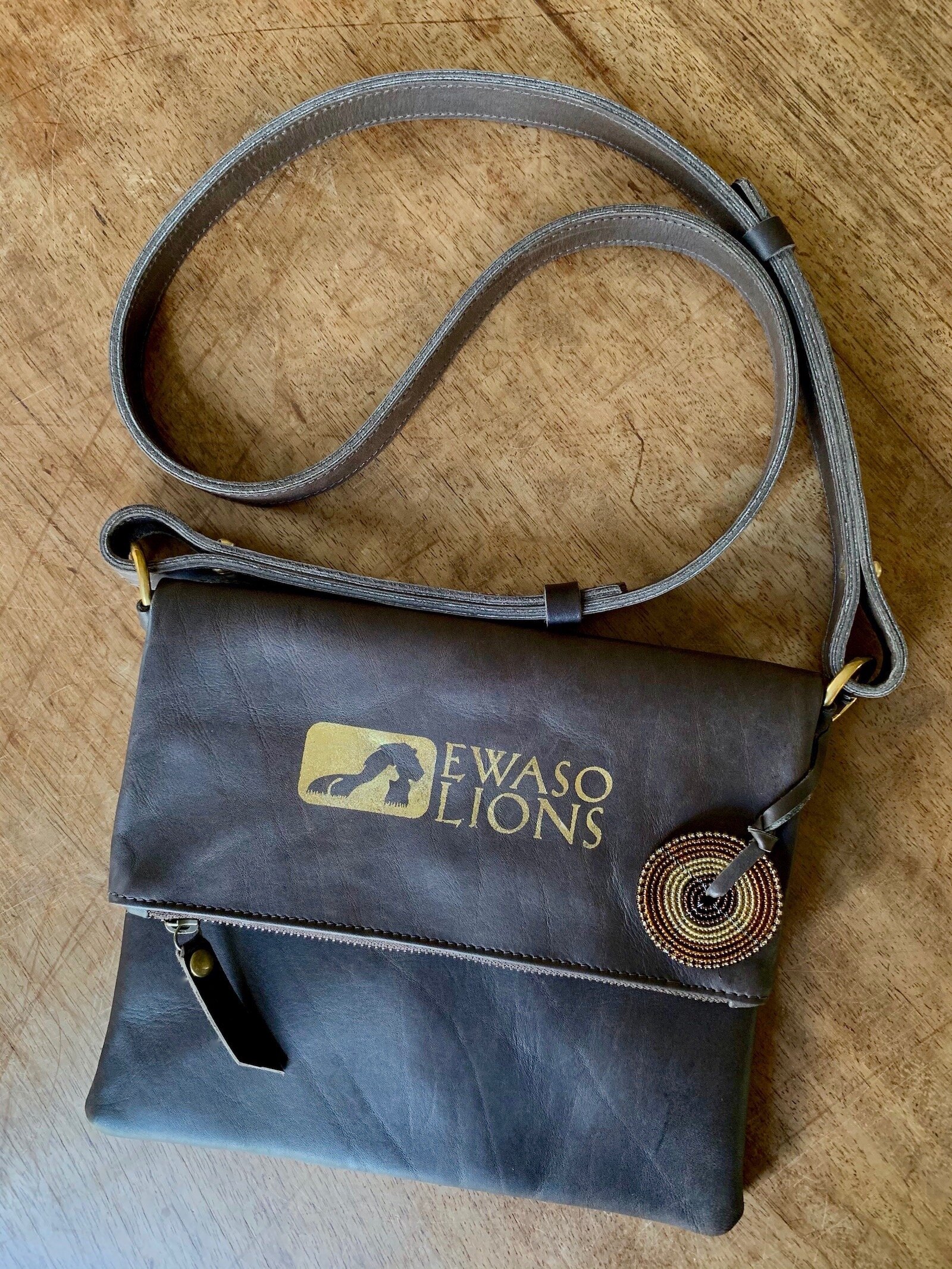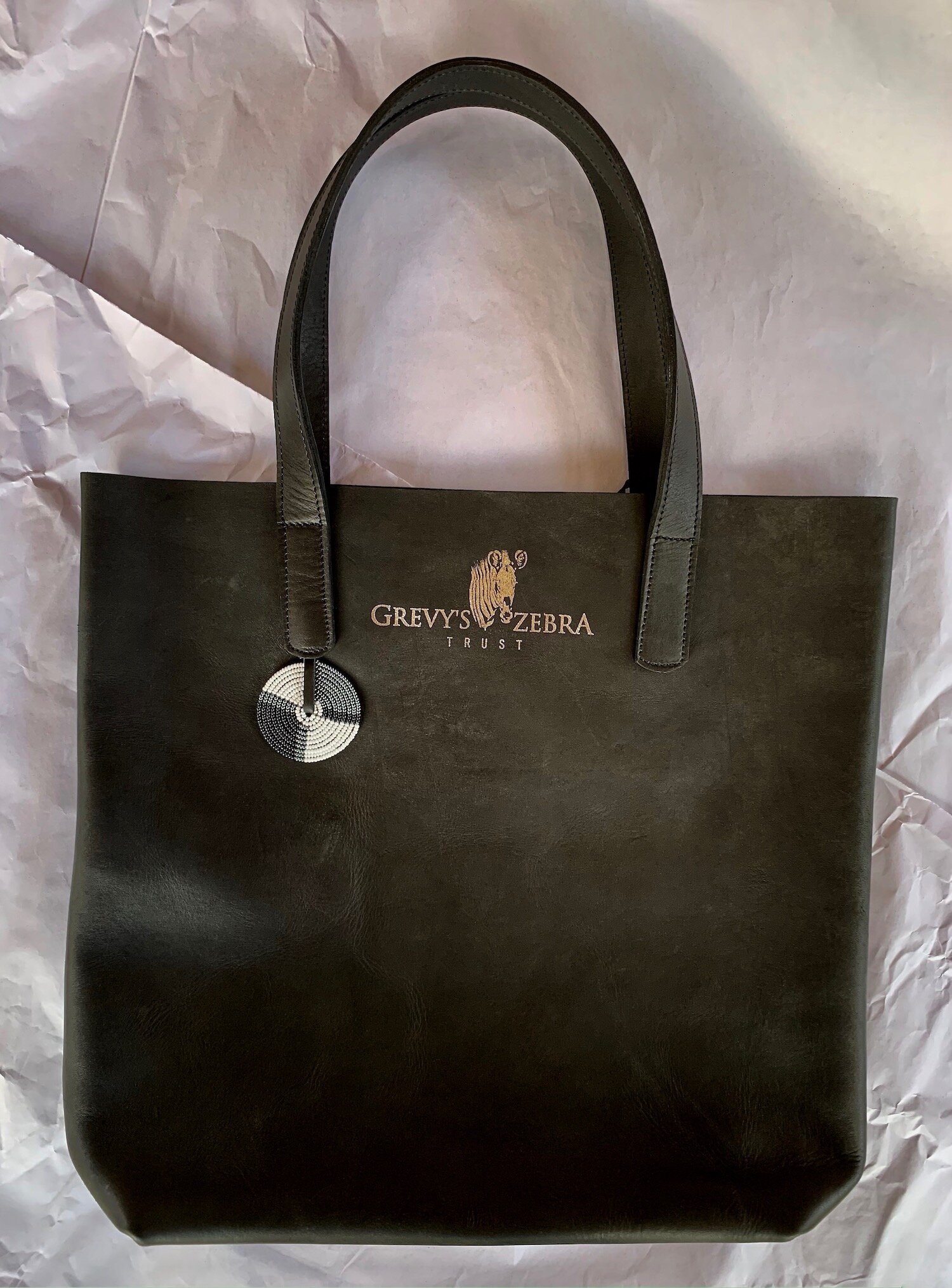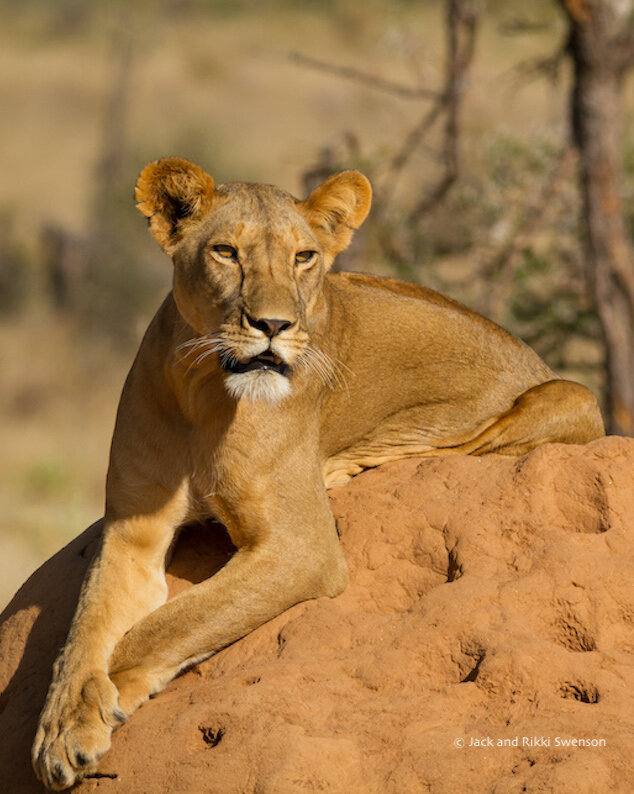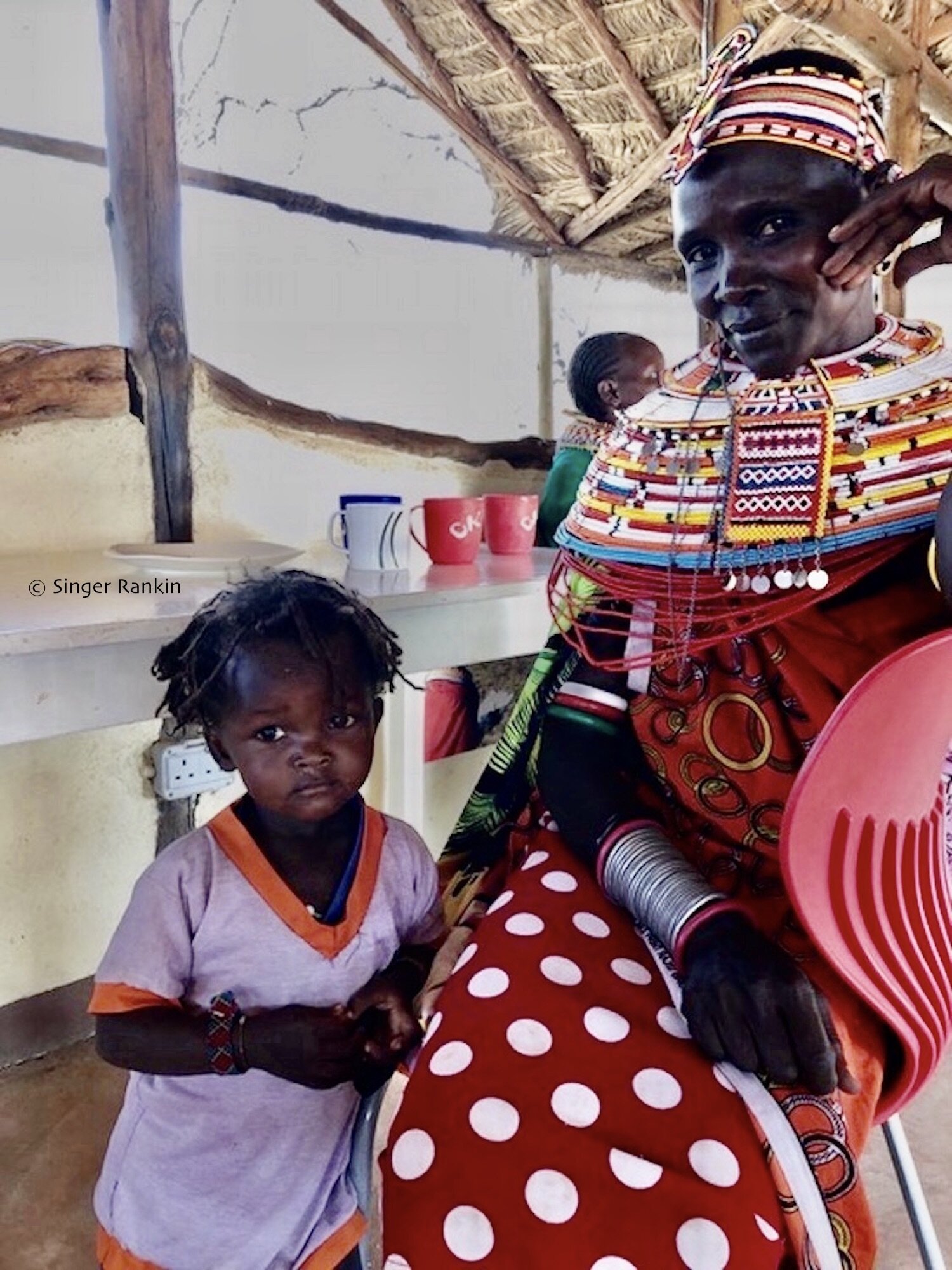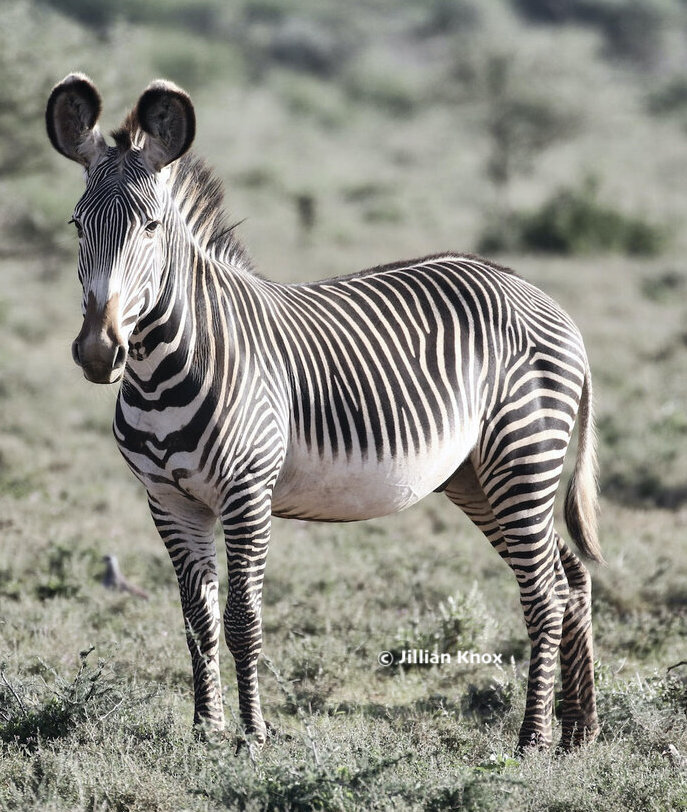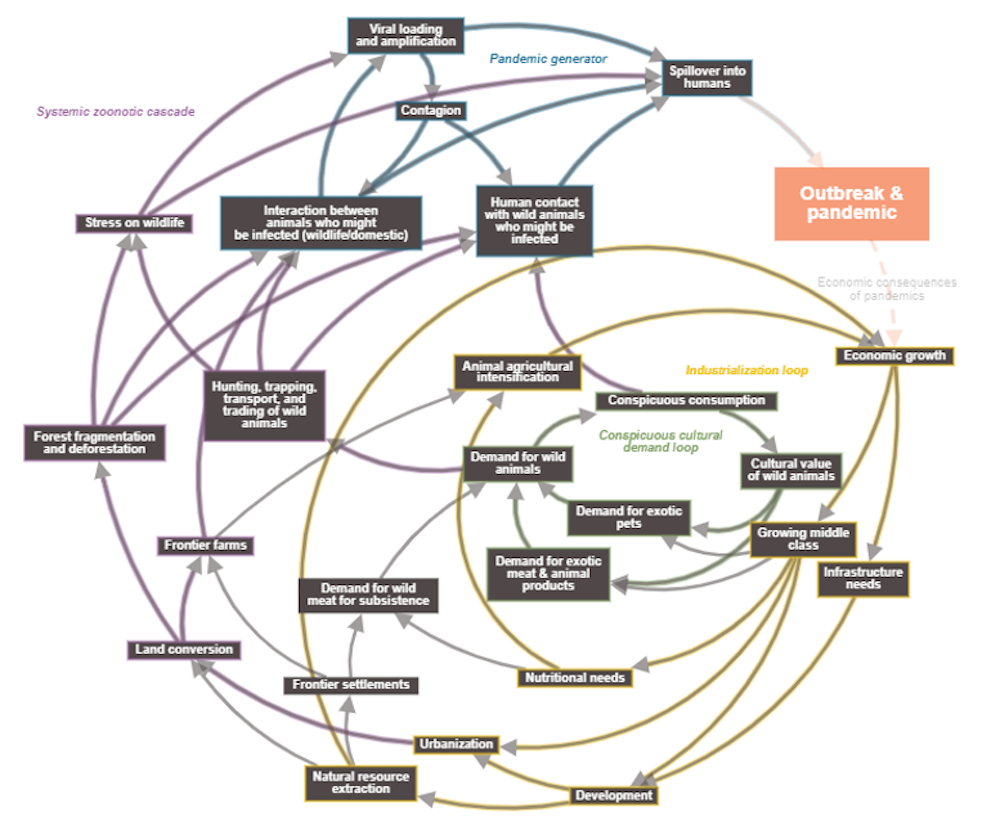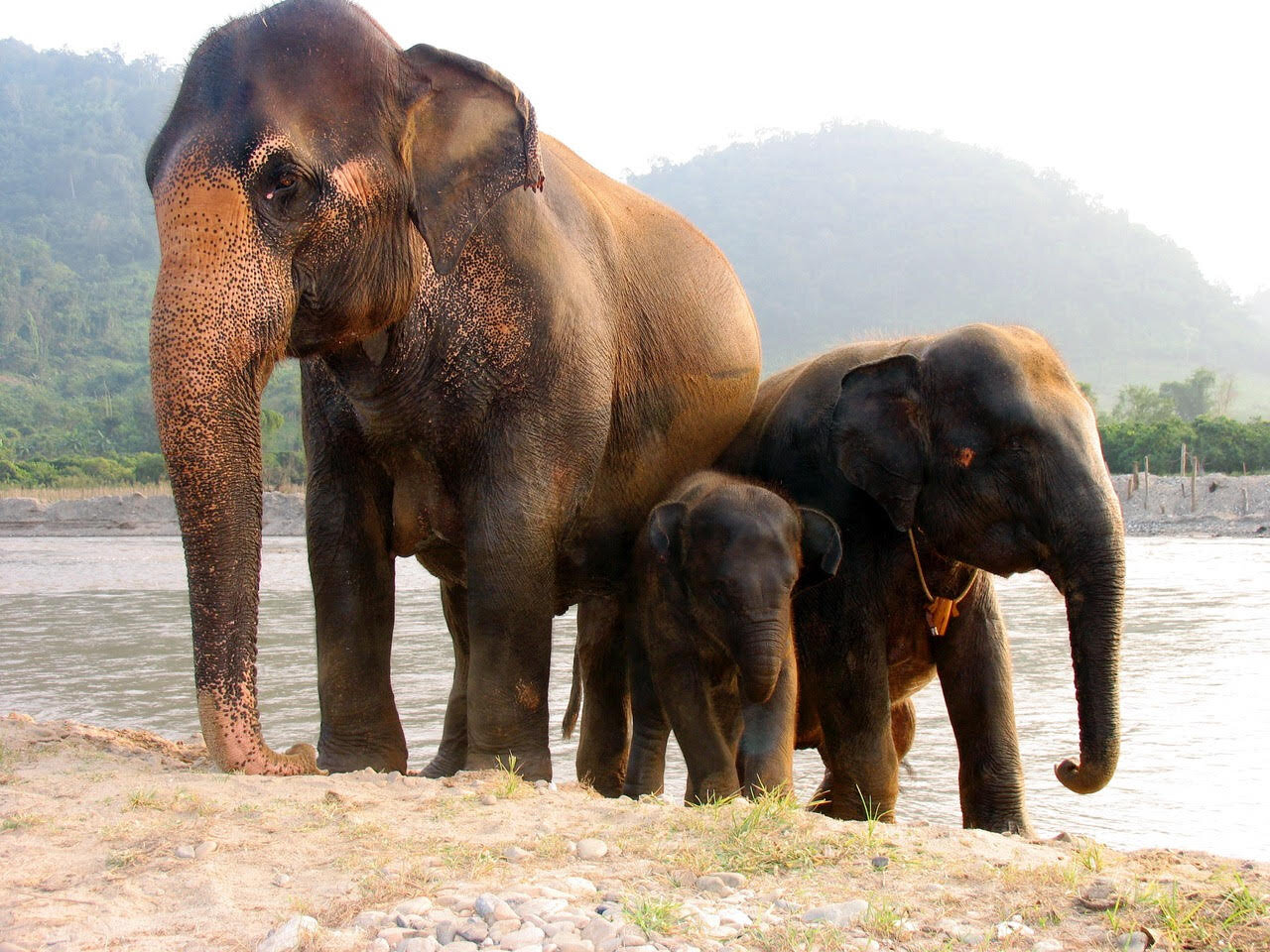It is with great excitement that I share WWW's latest project with you, the CONSERVATION COLLECTION. It is a wonderful tribute to have been asked by Diana Maclean to be the U.S. partner. As you know, Ewaso Lions and the Grevy’s Zebra Trust are two very special long-time projects focused on women and conservation of endangered species so this is another way in which to show your support. The bags are stunning! A must have either for yourself or to give as a present. Wearing one brings you closer to these inspiring women and the magnificent Grevy’s and lions and the magic of Africa.
Help conserve lions and the world's most endangered zebra while supporting Samburu women who are working to develop income alternatives for their families and their communities in Kenya. 100% net profit goes directly to the Grevy’s Zebra Trust and the Ewaso Lions.
The GREVY'S ZEBRA TRUST is the only organization in the world with a mission focused solely on conserving the endangered Grevy’s zebra. Recognizing that the survival of the Grevy’s zebra depends on its ability to coexist with people living in Northern Kenya, GZT drives change by ensuring communities are at the center of designing conservation solutions.
EWASO LIONS is dedicated to conserving lions and other large carnivores by promoting coexistence between people and wildlife. They are an independent 100% African wildlife conservation organization based in northern Kenya which engages and builds the capacity of key demographic groups (warriors, women, and children) by developing approaches to reduce human-carnivore conflict. We conduct applied research and educational initiatives, working with our communities to address ecological problems.
The Conservation Collection is an exclusive collaboration between WILD at HEART Kenya that supports women and conservation, and Singer Rankin, president of WorldWomenWork. The leather is locally and ethically sourced for every Conservation Collection bag and each patterned, beaded disc is handmade by Samburu women artisans who work with Grevy’s Zebra Trust and Ewaso Lions.
See all products here: Conservation Collection.


